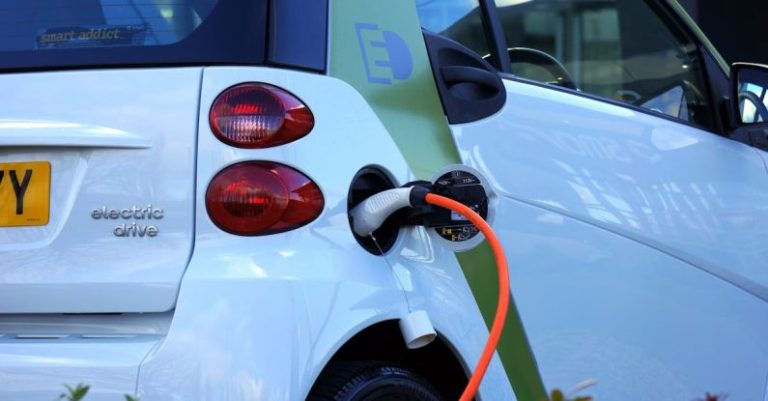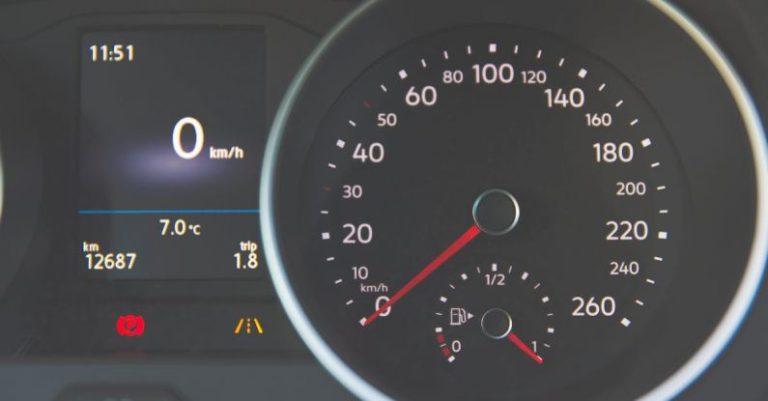How to Drive Safely in Snow and Ice
Winter weather can be beautiful, but it also brings challenging driving conditions. Snow and ice can make roads slippery and dangerous, increasing the risk of accidents. To stay safe on the road during these winter conditions, it is crucial to adjust your driving habits and be prepared for the challenges ahead.
Understanding the Hazards
Before hitting the road in snowy or icy conditions, it’s important to understand the potential hazards you may encounter. Snow and ice reduce traction, making it harder to stop and steer your vehicle. Black ice, a thin layer of ice that forms on the road surface, is particularly treacherous as it is often difficult to see. Blizzards and snowstorms can also reduce visibility, increasing the likelihood of accidents.
Prepare Your Vehicle
Ensuring your vehicle is prepared for winter driving is essential to staying safe on the road. Before setting out, make sure your tires are in good condition with adequate tread depth for improved traction. Consider switching to winter tires, which are designed to perform better in cold, snowy conditions. It’s also crucial to check your brakes, battery, lights, and fluids to ensure everything is in working order.
Drive Cautiously
When driving in snow and ice, it’s essential to adjust your driving style to the conditions. Slow down and leave plenty of room between your vehicle and the one in front of you to allow for increased stopping distances. Accelerate and decelerate gradually to avoid skidding, and use extra caution when approaching intersections, bridges, and shaded areas where ice is more likely to form.
Brake and Accelerate Smoothly
Sudden movements can cause your vehicle to lose traction on slippery surfaces. When braking, apply steady pressure to the brake pedal rather than slamming on it. If your vehicle has antilock brakes, maintain constant pressure on the pedal to allow the system to do its job. When accelerating, start slowly to avoid spinning your wheels and losing traction.
Use Your Lights
Visibility is crucial in winter driving conditions, so make sure your lights are on to increase your visibility to other drivers. Use your headlights, even during the day, to ensure you are seen by other motorists. If visibility is reduced due to snow or fog, use your fog lights if your vehicle is equipped with them.
Avoid Cruise Control
While cruise control can be convenient in ideal driving conditions, it’s best to avoid using it in snow and ice. In slippery conditions, you need to be able to react quickly to changes in traction, which can be difficult when cruise control is engaged. By maintaining manual control of your vehicle’s speed, you can react more effectively to changing road conditions.
Stay Informed
Before heading out in winter weather, check the latest road and weather conditions to plan your route accordingly. Stay informed about any road closures, accidents, or severe weather warnings that may affect your journey. If conditions are particularly hazardous, consider delaying your trip until conditions improve.
Conclusion: Be Prepared and Stay Safe
Driving in snow and ice requires extra caution and preparation to stay safe on the road. By understanding the hazards, preparing your vehicle, driving cautiously, and staying informed, you can reduce the risk of accidents and arrive at your destination safely. Remember to adjust your driving habits to the conditions and always prioritize safety when traveling in winter weather.






